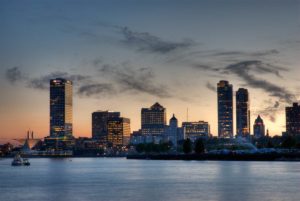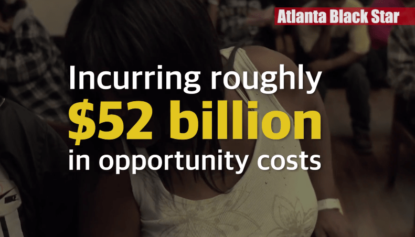
The business site, 24/7 Wall St., ranked major cities based on several economic factors and social measures. Writers Thomas C. Frohlich and Sam Stebbins also used information from the Centers for Disease Control and the Sentencing Project.
According to the site, there have long been disparities between Blacks and whites in terms of employment, incarceration and mortality rates. However, it is more acute in some areas of the country. Milwaukee, which is about 40 percent Black, is one of those places.
Milwaukee, like several other Midwestern cities on the list, has never recovered from the decline of the manufacturing sector. Blacks moved en masse to northern cities in the 20th century in search of factory work. But the bottom has fallen out of that sector, as firms shuttered plants and moved to cheaper parts of the country or overseas. Many Midwestern cities are still struggling to recover.
The report showed Black unemployment in Milwaukee was about 17 percent, more than twice the overall unemployment rate, which stands at 6 percent. Additionally, the average Black family’s income was only 41 percent of the average white family’s income. Milwaukee is also still largely segregated, with Blacks living on the north side and whites living on the south side, according to The Milwaukee Journal Sentinel.
24/7 Wall St. is not the first media outlet to sound the warning about Wisconsin. According to an NPR article, the state of Wisconsin incarcerates the most Black men in the country. In Milwaukee County more than half of Black men in their 30s and 40s have served time.
The state has also shifted resources to handle its burgeoning prison population. Wisconsin now allocates more to corrections than to the budget for public universities. According to a report by the University of Wisconsin-Milwaukee, more than 20 years of get tough-on-crime laws has created a population of Black men who are constantly shuttling in and out of the correctional system.
“The prison population in Wisconsin has more than tripled since 1990, fueled by increased government funding for drug enforcement (rather than treatment) and prison construction, three-strike rules, mandatory minimum sentence laws, truth-in-sentencing replacing judicial discretion in setting punishments, concentrated policing in minority communities, and state incarceration for minor probation and supervision violations,” the report said.


